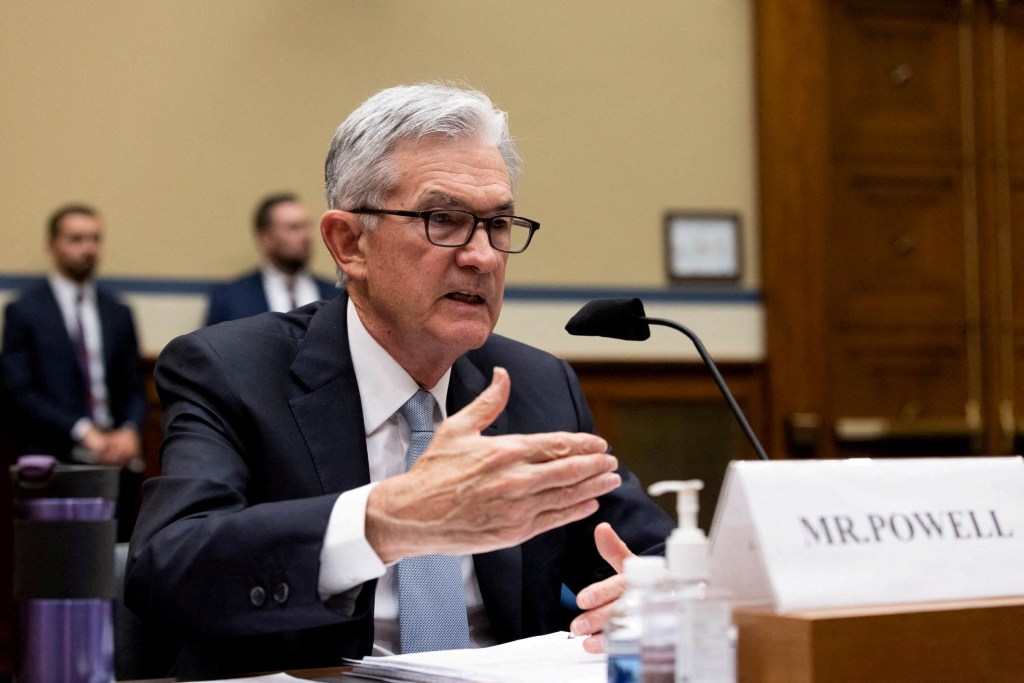Inflation ticks slightly downward in May, sparking hopes of Fed rate cuts
Contact The Author
Inflation rose at 3.3% year-over-year last month — boosting hopes that the Federal Reserve could begin cutting rates later this year.
The consumer price index ticked down slightly from the 3.4% headline rate from April while economists had expected it to hold steady at that number. Core inflation, which excludes volatile food and energy prices, rose 0.2% — also slightly lower than expected.
The cooling inflation data sent the Dow soaring more than 250 points in early trading on Wednesday, rising above the 39,000 mark as investors bet the latest numbers bolster the case for the Fed to begin cutting interest rates in the fall.
The latest consumer price index reading came out hours before the Fed announced it was keeping rates steady at roughly 5.3%, its highest level in 23 years, where it has stood since July.
After its prior meeting on May 1, the Fed released a statement saying that “there has been a lack of further progress” in bringing inflation back to the central bank’s 2% target.
Inflation had come in uncomfortably high in the first three months of this year, dimming hopes that it would continue to steadily cool, as it had in the second half of last year.
In April, though, consumer inflation did resume slowing, if only slightly.
Though consumer inflation has slowed dramatically since peaking at 9.1% in mid-2022, it was still 3.4% in April, well above the Fed’s target.
A favorable CPI report for May would be an encouraging sign that the policymakers may cut their benchmark rate within a few months.
Rate cuts would eventually lead to lower costs for mortgages, auto loans and other forms of consumer and business borrowing.
Prior to Wednesday’s CPI report, most economists didn’t think rate cuts would be likely before September at the earliest.
Fed Chair Jerome Powell is likely to underscore at a news conference Wednesday that the policymakers will need to see several more months of low inflation readings before they would consider reducing their key rate.
The Fed would reduce rates faster if growth were to stall and companies were to lay off many workers.
Fed policymakers will also issue updated economic projections, which are expected to show that they envision one or two rate cuts by year’s end, down from a forecast of three in March.
But Friday’s jobs report released by the government showed robust gains in May, with employers across a range of industries adding jobs.
The report led Wall Street traders to downgrade their forecast for Fed rate cuts to just one this year, from two.
Another issue Powell may address is whether the economy is starting to weaken.
Growth slowed sharply in the first three months of the year, to an annual rate of just 1.3%, down from 3.4% in last year’s final quarter.
With Post Wires





